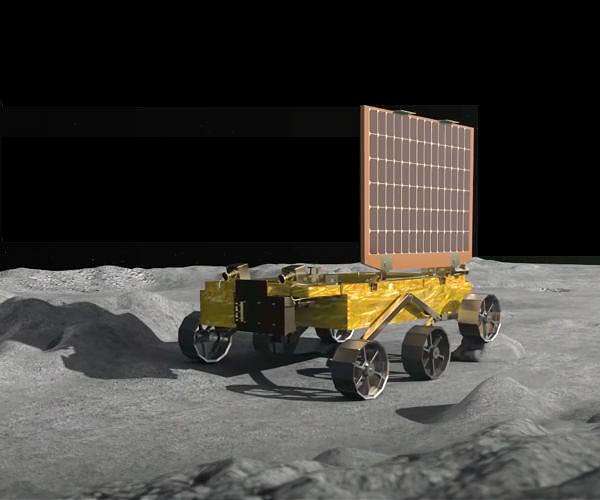28.08.2023

India's budget Moon landing is a model for other countries aspiring to develop their own space programmes, Prime Minister Narendra Modi said Saturday while praising the scientists behind the successful mission.
Chandrayaan-3 -- "Mooncraft" in Sanskrit -- touched down on the lunar surface on Wednesday, making India the first nation to land an unmanned craft near the largely unexplored lunar south pole.
It also became only the fourth country behind the United States, Russia and China to achieve a soft landing on the Moon.
The success marked the latest milestone in India's ambitious but cut-price space programme, sparking celebrations across the world's most populous country.
"The region that our mission will explore will help open new avenues for moon missions of other countries," Modi told mission staff at the Indian Space Research Organisation (ISRO) premises in Bengaluru.
"This will not only unravel the mysteries of the Moon but also help in resolving the challenges of the Earth."
This week's mission comes four years after the previous Indian lunar mission failed during its final descent, in what was seen at the time as a huge setback for the country's space programme.
Modi praised the scientists for learning from that failure and being unrelenting in their pursuit of the Moon mission.
"I salute your hard work, patience, perseverance and passion," he said.
India has a comparatively low-budget space programme, but one that has grown considerably in size and momentum since it first sent a probe to orbit the Moon in 2008.
Chandrayaan-3 has a cost of $74.6 million -- far lower than many missions from other countries and a testament to India's frugal space engineering.
Experts say India can keep costs low by copying and adapting existing technology, and thanks to an abundance of highly skilled engineers who earn a fraction of their foreign counterparts' wages.
ISRO is slated to launch a three-day crewed mission into Earth's orbit by next year.
It also plans a joint mission with Japan to send another probe to the Moon by 2025 and an orbital mission to Venus within the next two years.
Quelle: SD
